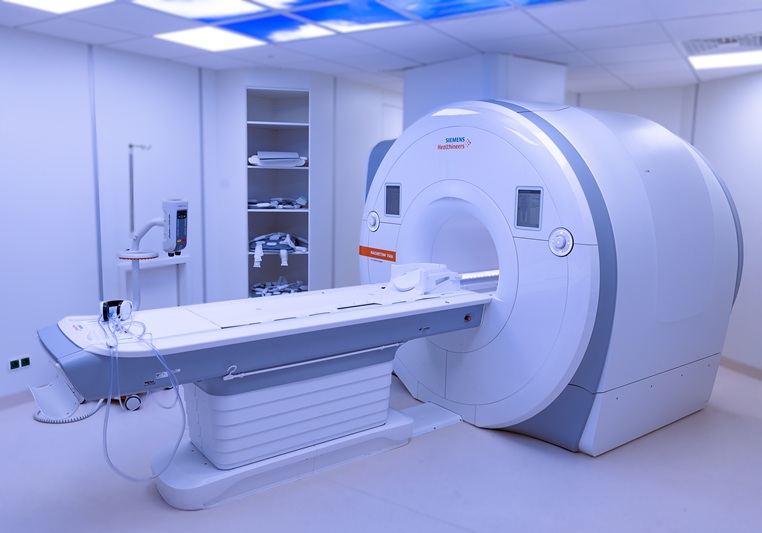MRI-First Strategy for Prostate Cancer Detection Proven Safe
Posted on 15 Jan 2025
The standard method for diagnosing prostate cancer typically involves clinical examination and prostate-specific antigen (PSA) testing. PSA testing measures the level of this protein in the blood, which can be elevated in cases of prostate cancer. However, elevated PSA levels can also be caused by non-cancerous conditions. If PSA levels exceed a certain threshold, the next step is usually a biopsy, where 10 to 12 tissue samples are taken from the prostate. This procedure is associated with discomfort for several days after the procedure and carries a risk of infection. Moreover, PSA-driven "blind" biopsies can lead to overdiagnosis of slow-growing, clinically insignificant cancers, while also potentially missing more aggressive forms of cancer. An alternative approach is using magnetic resonance imaging (MRI) to identify signs of tumors before deciding whether a biopsy is needed, only reserving biopsies for cases where abnormalities are detected. A new study to evaluate whether the MRI-first approach is safe in the long term has found that this strategy poses no additional risk to patients for at least three years.
The discomfort associated with systematic biopsies led researchers at Charité – Universitätsmedizin Berlin (Berlin, Germany) to investigate whether MRI could reliably and safely inform biopsy decisions in men suspected of having prostate cancer, and whether men without abnormal MRI findings could safely avoid immediate biopsies and proceed with clinical follow-up instead. Nearly 600 patients with suspected prostate cancer were included and monitored in the study. These patients underwent multiparametric MRI at Charité. This advanced MRI technique assesses various tissue-specific parameters, including the intensity of prostate tissue signals, blood flow or perfusion, and the diffusion of water molecules in the tissue. A team of skilled radiologists analyzed the MRI images, and tissue samples were only taken if the MRI showed suspicious findings in the prostate. Patients with normal MRI results underwent regular urological check-ups over a three-year period. This allowed the researchers to evaluate whether the "MRI pathway" was a safe alternative to biopsies.

The study, published in JAMA Oncology, found that this approach, where normal MRI results are followed by routine urological check-ups, was highly reliable. The study showed that 96% of patients with normal MRI results did not develop aggressive prostate cancer within three years. Only 4% of those with initially negative MRI results were diagnosed with aggressive prostate cancer during further monitoring. After eight years of follow-up, the findings confirmed the safety of the MRI-first strategy. These results are important for doctors in guiding patients on when a biopsy is truly necessary. The European Association of Urology (EAU) guidelines already recommend that an MRI be performed before a prostate biopsy. However, prior to this study, it was unclear how safe it would be to forgo the biopsy entirely when MRI results were negative.
“Our findings are an important step toward personalized care of prostate cancer patients. By using MRI for biopsy decision-making, we can ensure that patients receive the right tests and treatments at the right time,” said Dr. Charlie Hamm, the first author of the publication and a physician at the Department of Radiology at Charité. “Our results now show that the MRI pathway is safe and effective, including in a decentralized outpatient care network.”














